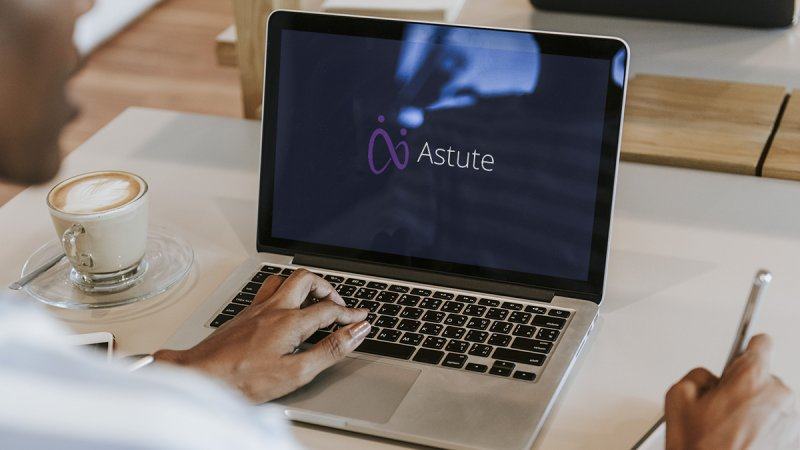With technological advances and vast changes in the way people consume content, the eLearning industry was ready for a new form of platform to take over from the traditional Learning Management System (LMS).
Learning Experience Platforms (LXPs) have arrived to optimise employee training experiences for today’s users.
What is an LXP?
LXPs differ from LMSs in many important ways. On the surface, their interfaces are a lot more intuitive and user-friendly. Courses and instructional videos are often presented in categories such as “recommended for you”, “popular in your company” and “newly released”, offering the learner several options rather than a linear path to follow.
The concept of an LXP has been long championed by leading industry analyst Josh Bersin. Janet Clarey at Bersin by Deloitte defines LXPs as “single-point-of-access, consumer-grade systems composed of integrated technologies enabling learning”. Putting user experience first, LXPs deliver quality eLearning in a more appealing way to the right learner at the right time. The system determines this by analysing past behaviour, what learners do inside and outside the learning platform, and any identified strengths, weaknesses and skill gaps. AI allows this to be an automatic process that doesn’t require any direct input from an administrator.

Why Choose an LXP?
LXPs represent a departure from the administrator-led model that has dominated eLearning for many years. Learning and development teams may be reluctant to change their current systems, so it’s important to be aware of the benefits of the new technology to make an informed choice.
Relevant – Similar to the interfaces of some popular apps and websites, LXPs put content that might benefit the learner front and centre. Based on past behaviour, they can instantly provide the next module of a course, or a higher level course to one just completed. This saves the learner from having to dig around in the course library to find the right material – something especially valuable when using a mobile device.
LXPs use Artificial Intelligence (AI) to track a learner’s behaviour and deliver content suggestions to them, creating a personalised experience. The AI’s immediate suggestions may be generated by spotting trends in the learner’s previous activities and identifying skills gaps that they themselves might not yet be aware of. This can lead to a much more streamlined, cleverly focused learner experience.
Learner-led and Convenient – The way we learn is changing. People watch videos and take courses “on the go” much more often. They might not want to follow a standard path, and instead take courses that bolster their skillset in ways that aren’t obvious, or that prepare them for a move into a different role.
In lots of cases, courses and videos can be started on one device and finished on another. Some people learn better in short bites than in one long learning session, and this model helps people who learn in the flow of work.
By putting the learners’ needs and experiences first, LXPs put employees in charge of their own learning journeys.
Engaging – One challenge that all learning and development professionals will recognise is “keeping people interested”. Even good eLearning content can be difficult to balance with a busy workload, especially if it takes people out of their daily work tasks for a long period of time.
LXPs react to past behaviour. Their suggestions for the next module, course or video are powered by the knowledge of the user’s strengths and preferences. This makes for a smoother, seamless experience. Learners discover courses they wouldn’t have otherwise found, and might lead to them broadening their skillsets in unexpected ways. This benefits both the individual and their company.
The aim of LXPs is to integrate learning into employees’ work lives without being intrusive or turning eLearning into “just another task to complete”.
Like the workplace as a whole, eLearning is a rapidly changing industry. Those responsible for delivering eLearning to their staff need to keep pace with the way people learn and engage, and ensure both their platform and content meet these challenges.
